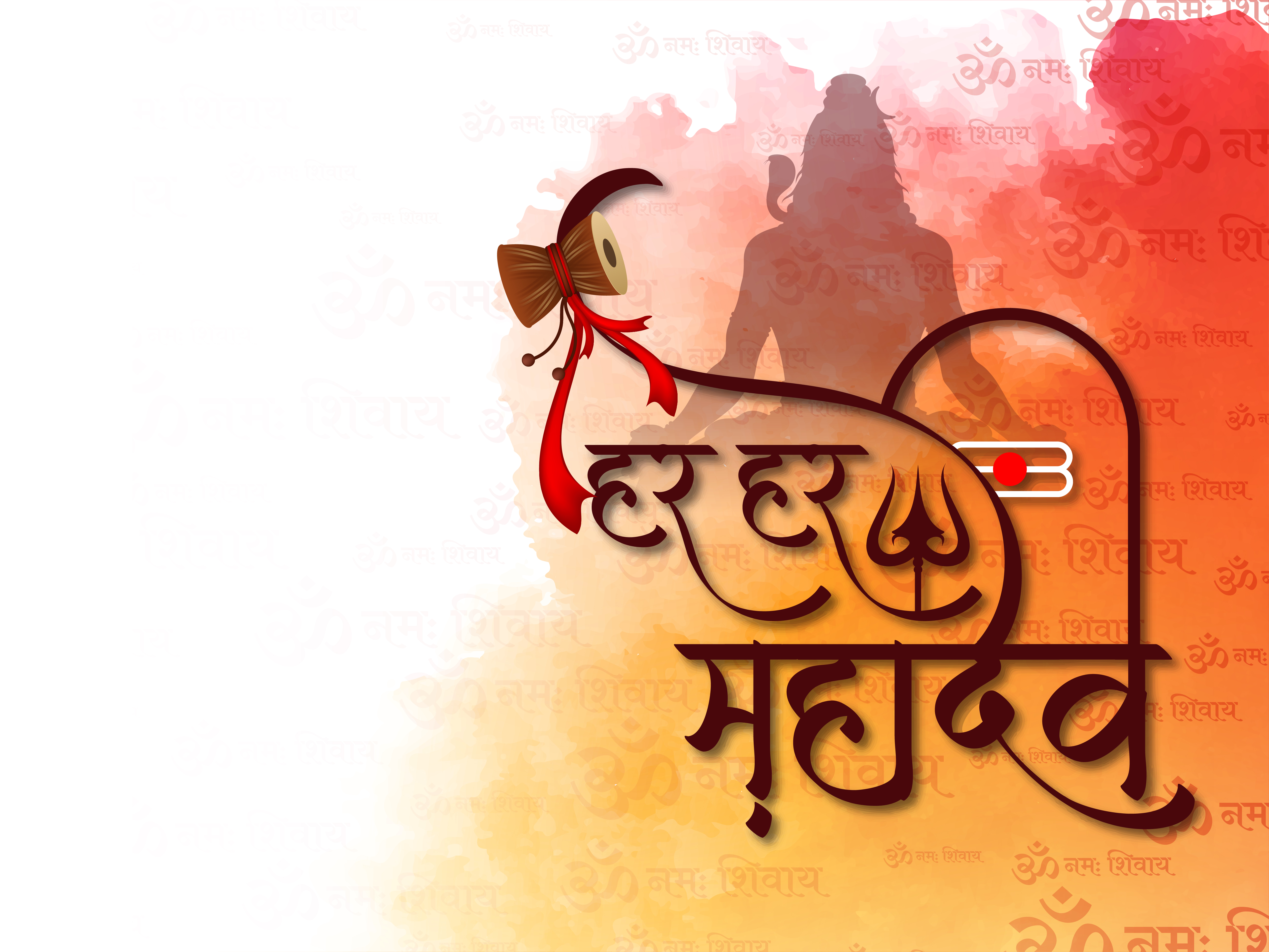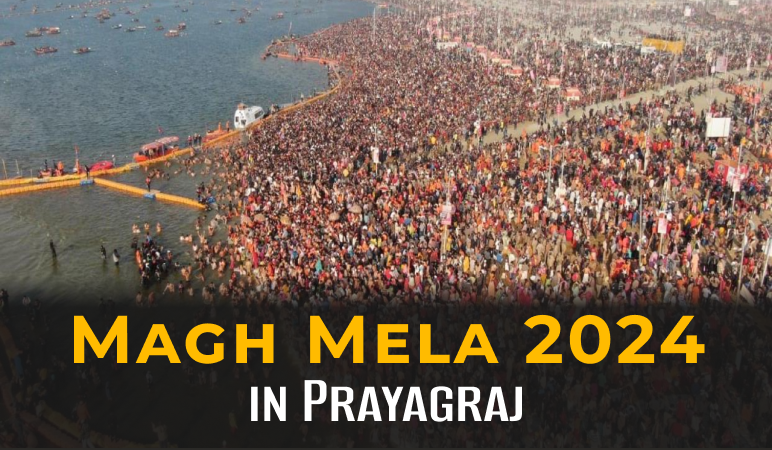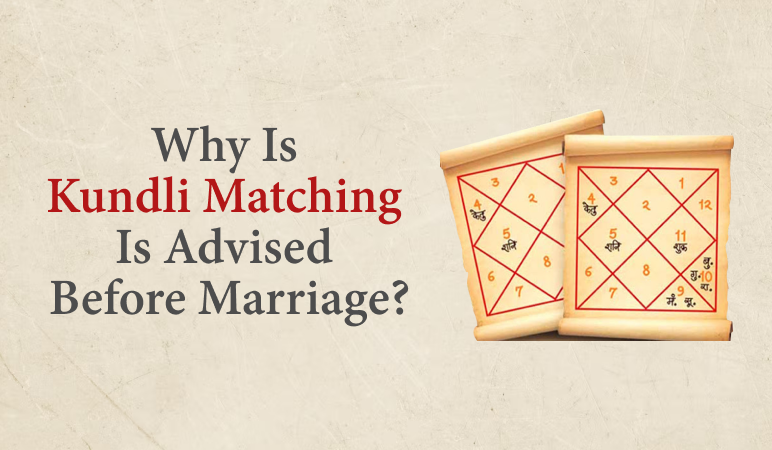‘Maha Shivratri’: Why is the Festival Celebrated?

Known as the God of destruction, Bhagwan Shiva is the most powerful deity of the Sanatan Hindu dharma. And, the “Maha Shivratri: The Night of Great Shiva” is the most important event in the spiritual calendar of Hinduism.
Maha Shivratri is observed on Chaturdashi Tithi Krishna Paksha day in the Hindu month of Phalguna. As per the lunar cycle, a total of 12 Shivratris occur in a year, and among them, the Mahashivratri is the most auspicious one.
The story behind the celebration
The Mahashivratri is mentioned in Puranas: Skand Purana, Padma Purana and the Linga Purana.
As per Hindu scriptures,
Maha Shivratri is the celebration of the sacred union of Devo ke Dev: Mahadev (Adi Purusha) and Devi Parvati (Prakriti), and their union facilitates creation.
On this auspicious day, Bhagwan Shiva held out his hair to hold Ganga for the descent of Ganga to the Prithvi.
On this day, Bhagwan Shiva saved the world from drinking the poison that emerged during Samudra Manthan. It is believed that Mahadev drank the poison or halahala and stored it in his throat which turned the throat blue, hence the name Neelkanth.
According to legends, the Linga form of Shiv ji came into being first on Mahashivratri. As per it, there was once a heated argument between Bhagwan Vishnu and Brahma Dev, both proclaiming themselves to be superior. To resolve that, Bhagwan Shiva emerged as the light and challenged them both to locate the origin and end of the light.
Vishnu turned himself into a boar and dug into the earth, on the other hand, Brahma took the form of a swan and flew upstairs. However, their efforts were futile, so Brahma Dev asked Bhagwan Ketaki to give a wrong statement proclaiming him to be the winner.
However, Bhagwan Shiva knew no one could ever locate the end and was thus angry with Brahma Dev for lying and thus punished him. Shri Vishnu though accepted his defeat.
So, Mahashivratri is a reminder that our aham (ego) and pride actually disillusions us and lead to downfall.
As per Shaivism, on this day Bhagwan Shiva performed the Tandav – the heavenly dance of creation, preservation and destruction.
How is Maha Shivratri celebrated?
Mahashivratri is a day for – honour and celebration. People perform the following activities on this occasion:
- Devotees observe a day-long fast: Offering a day-long fast and worshipping Bhagwan Shiva can destroy all the bad karmas.
- Devotees stay awake the whole night: As per ancient Indian sneer, staying awake the whole night and offering prayers to Bhagwan Shiva help in developing the inner consciousness.
They also observe the night listening to stories of Bhagwan Shiva, singing bhajans and studying about the Shiva.
- Worship the Shiv Linga: Devotees worship the Linga and offer it milk, water, honey, ghee, dahi, misri, fruits, flowers, bel-patras, dhatura, bhang and all other things that devotees want to offer. Mandirs and Shivlingas are decorated beautifully with flowers and bel-patras. One is free to offer whatever one can afford. There is no compulsion of anything.
- Devotees meditate: It is considered that the position of the constellations on Maha Shivratri is ideal and auspicious for meditation. Astrologically, on this day, the Sun and Moon come in an alignment which is very helpful in elevating the mind. On this day, nature also encourages people to get active spiritually.
- Many devotees also perform Rudrabhishek Pooja, which requires observation of proper rituals as per the Hindu scriptures.
- Devotees also chant the Om Namah Shivaya: It is often said that there is no difference between the individual self and Shiva, and Mahashivratri is a celebration of that. Om Namah Shivaya means “adoration to Bhagwan Shiva”. The mantra is present in Krishna Yajurveda.
The mantra is repeated – either verbally or mentally, at the same time drawing the image of Bhagwan Shiva mentally in mind. It calms the mind and brings spiritual knowledge. Traditionally, it is one of the most powerful mantras and has healing powers – both spiritually and mentally.
It is by the wonder of this five-syllable mantra that the worlds, the Vedas, the rishis, the dharma, the universe and the devas exist. AUM Namah Shivaya is the seed of all living beings.
In the hustle of life, we sometimes lose our touch with the inner consciousness. And, what better day to reconnect with that than the day of the epitome of consciousness? Indeed, Mahashivratri is of great significance for those who aspire for the ultimate.
May this night become an exuberant awakening for you.
Talk to a professional astrologer or a pujari to know the exact timing for puja.









